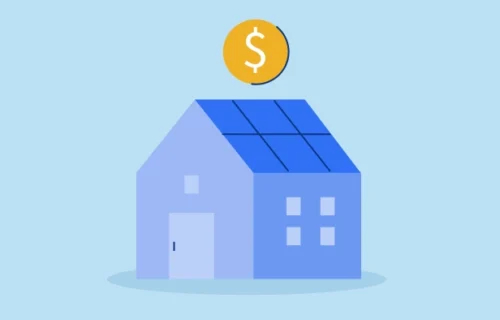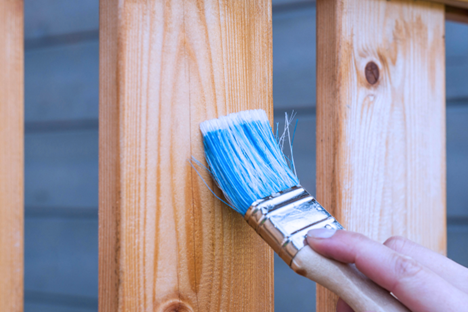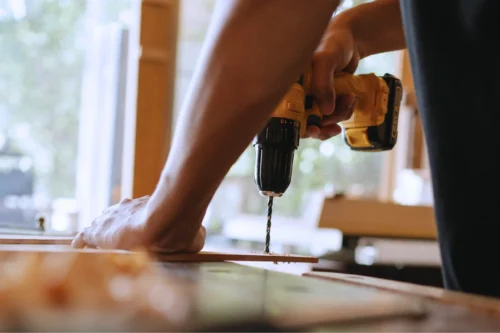
Connect with a Lima One expert today!
If you’d like to know more about this topic or see how it applies to your project, let’s talk.
Investing in Opportunity Zone Real Estate
Your First 4 Steps for Investing in Opportunity Zone Real Estate
Real estate investors are always looking for an edge. Whether it’s ways to find the best property, how to negotiate the best financing, or how to assemble the best real estate team, every little advantage matters.
That mindset is what makes investors successful.
And that mindset means that real estate investors need to know how they can take advantage of Opportunity Zones.
Opportunity Zones were created as part of the Tax Cuts and Jobs Act of 2017 to spur economic development in specifically designated areas. The announcement generated some buzz, but relatively little was made of how SFR and multifamily real estate investors could capitalize.
This is good news, because it means that investors who study Opportunity Zones and strategically take advantage still have time to move ahead of the curve and gain an edge.
And there’s even better news—the kinds of investments that are eligible for Opportunity Zone benefits are projects that many real estate investors are already doing. So by doing just a little extra legwork, investors can set themselves up for Opportunity Zone success.
Opportunity Zone-eligible investments enable investors to gain two big tax benefits:
An investor may delay paying tax on capital gains invested in a Qualified Opportunity Fund for up to 10 years. In addition, with 5-10 years of seasoning, an investor can discount his or her capital gains tax bill by 10-15%. In summary, the investor benefits from the use and time value of their money as well as an actual reduction of their tax bill.
Any gain on the sale of qualified Opportunity Zone Property is tax-free after a 10-year hold period.
Here’s an example of how the numbers work: If you have $100,000 in capital gains, and you invest it in a Qualified Opportunity Fund for 10 years, you will not have to pay capital gains tax on that money for 10 years. After those 10 years, you will get a 15% discount on that tax. Plus, you will not have to pay any capital gains tax on the gains that your $100,000 investment earns.
That combination can lead to a big payoff down the line—especially for real estate investors who are already purchasing and holding non-owner-occupied properties in designated Opportunity Zones.
If you’re interested in these benefits, then here are the first four steps you need to take.
Step One: Identify the Opportunity Zones where you want to invest
Opportunity Zones are geographically defined and are in a mixture of urban and rural areas. Identify zones near where you are already investing to see if there’s a fit. You can find opportunity zone maps online, such as at this link.
Step Two: Find qualifying properties in an Opportunity Zone
Opportunity Zone eligibility is not only defined by geography. There are additional criteria that a qualifying investment must meet. These criteria can make finding a property that is fundamentally a good investment and also Opportunity Zone-eligible a bit tricky. Specifically, if an Opportunity Zone fund is purchasing real estate, that fund must substantially improve the Opportunity-Zoned real estate. Substantial improvement means that construction and or rehabilitation costs must be greater than the allocated appraised value of the structure. For example, if the fund buys a house for $100,000 and the lot value is $25,000 then the fund must invest at least $75,000 into the renovation of the house. If the real estate is raw land, the allocated structure value would then be $0, so the substantial improvement requirement is not problematic.
However, turnkey investments, or those close to it, will not qualify, because the improvement ratio will not meet the minimum standard. Fix and flip projects will not qualify either because they will not be owned long enough to meet the 10-year hold period requirement. Fix and flip capital gains may, however, be sheltered by reinvesting them into an Opportunity Zone Fund.
A construction project that eventually becomes a long-term rental property (perhaps by using Lima One’s Build2Rent single-close loan) is most well-suited for Opportunity Zone eligibility. Many BRRR projects (which can be served by Lima One’s Fix2Rent loans) will also qualify. Opportunity Zone Funds are not prohibited from employing leverage.
(Note: All improvements do not have to be done immediately to qualify and the value of land vs. the value of structure can affect the improvement requirement calculation. While a written plan is required, funds are allowed 30 months to invest the proceeds necessary to meet the substantial improvement thresholds. Consult a tax professional to confirm that planned improvements will meet the Opportunity Zone parameters.)
Step Three: Create a Qualified Opportunity Zone Fund
Opportunity Zone investments must be made through a Qualified Opportunity Zone Fund. This step is not onerous, but it is necessary. Structurally, an Opportunity Zone Fund can be as simple as a single-member LLC. But there are some very important operating agreement elections that need to be considered. Consult a tax professional to ensure you have the proper setup.
Step Four: Make your Investment
Now that you know what investments are eligible for an Opportunity Zone, it’s time to make an investment. Find the right deal with the right numbers and get started.
And down the line, you’ll find that your investment has paid off even more than your deal sheet indicated, because of the tax benefits of Opportunity Zones. And you’ll be glad you were one of the first investors to understand and benefit from Opportunity Zone real estate investing.
Subscribe for More Insights
Get the latest industry news & Lima One updates.









